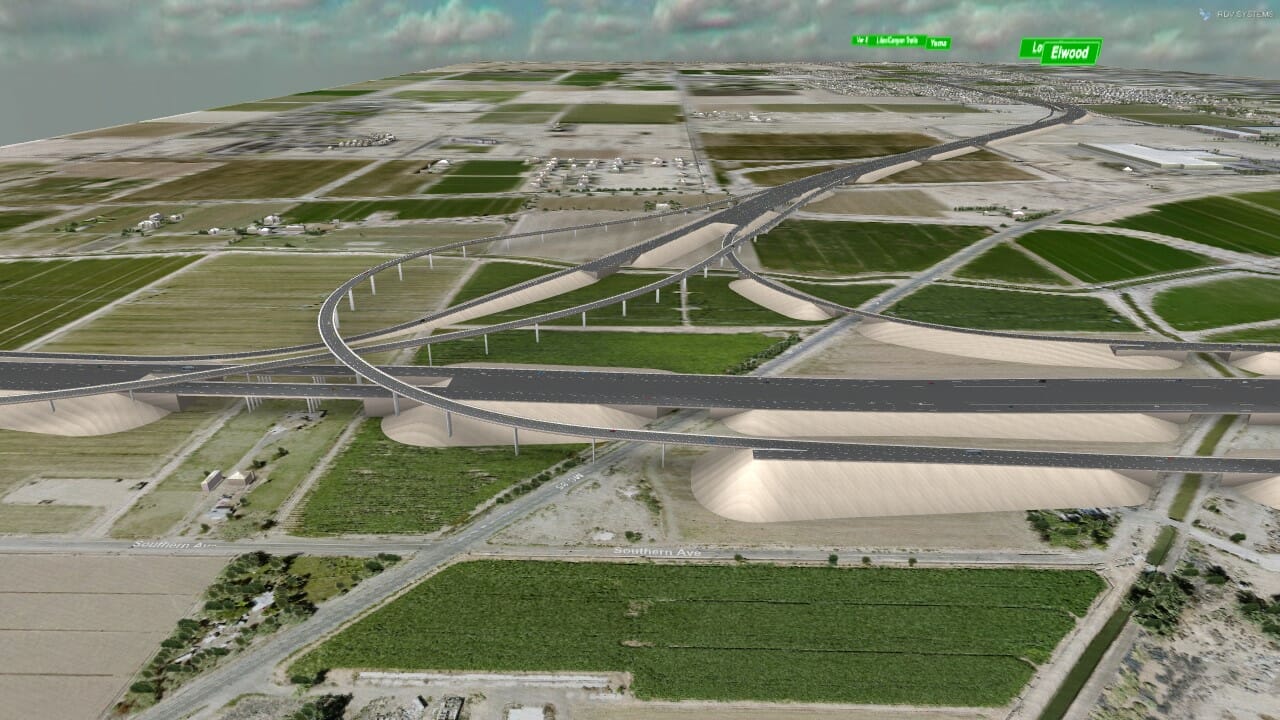
The roads we drive on are made up of crushed and screened aggregates of gravel and sand mixed with a petroleum-based asphalt binder that is a byproduct of the oil refining process.
The asphalt binder, which acts as a glue, is only 5% to 6% of the mixture but is the biggest determining factor of the cost per ton, says Hasan Ozer, an associate professor of civil, environmental and sustainable engineering in the Ira A. Fulton Schools of Engineering at Arizona State University.
“Drastic changes in oil prices due to supply and demand interruptions from COVID, electrification of the transportation industry or wars like the one in Ukraine can have a direct impact on the cost of roadway construction,” says Ozer, who teaches in the School of Sustainable Engineering and the Built Environment.
In addition to rising costs, Ozer says roads have a limited lifetime before they need repair or replacement — and the dry and hot Arizona climate greatly reduces that lifetime.
“We often use premium products to resist the extremes of the desert climate in the Valley and at higher elevations like in Flagstaff,” Ozer says. “Premium products are often more expensive and require special care during production and construction. All of these factors have been putting more pressure on Arizona’s pavement infrastructure and result in faster-than-usual deterioration of our roads.”
Motivated to make a difference, Ozer led the creation of the Southwest Pavement Technology Initiative, a pavement research and education alliance headquartered at the Fulton Schools’ Pavements Analysis Laboratory. The initiative brings university students and faculty together with industry and agency partners with the goal of creating stronger, more cost-efficient roadways.
“Our nation’s highway infrastructure is aging, under stress and having to withstand extreme events of ever-increasing intensity and frequency,” says Ram Pendyala, director of the School of Sustainable Engineering and the Built Environment. “Dr. Ozer’s visionary leadership in establishing the Southwest Pavement Technology Initiative is commendable and will help engineer more sustainable and durable pavements of the future.”
Projects taken on by the initiative follow a three-step process. First, researchers and industry partners identify a problem. Second, faculty members guide research conducted by students to address the problem before they present the results to partners so that it can be used in the real world.
“The dynamic and collaborative environment fostered by the initiative has already started having a direct impact on students’ learning and research experience,” Ozer says. “There have been many opportunities for active involvement of undergraduate and graduate students in the initiative while interacting with industry and government agency partners.”


